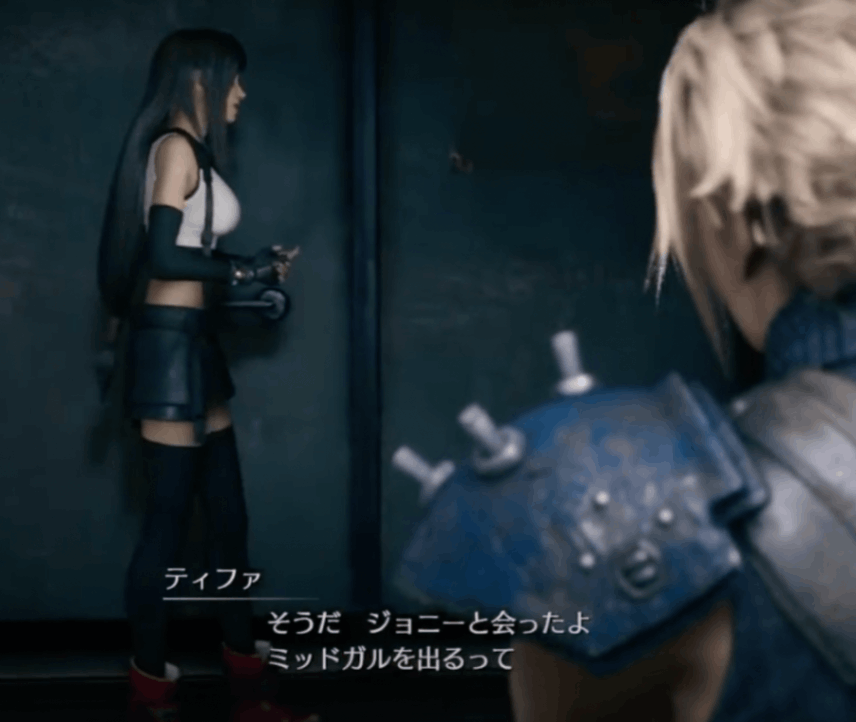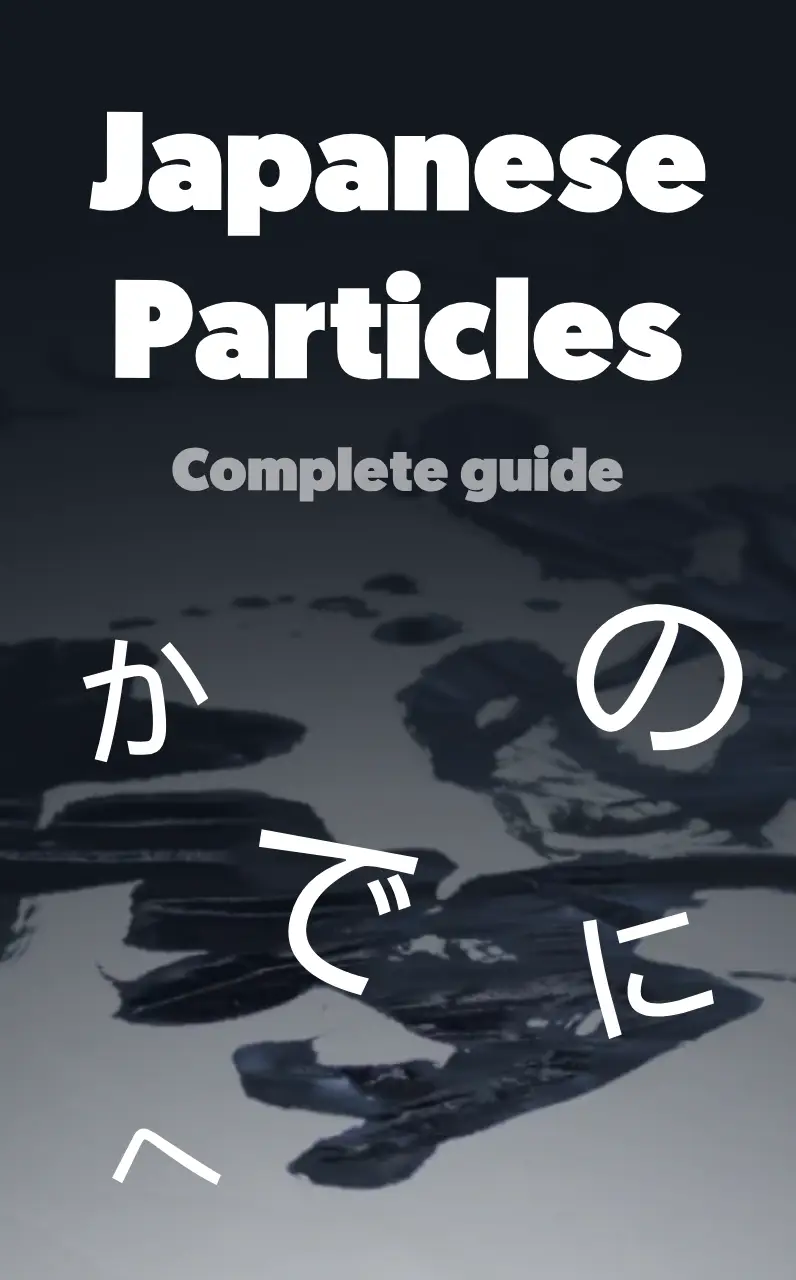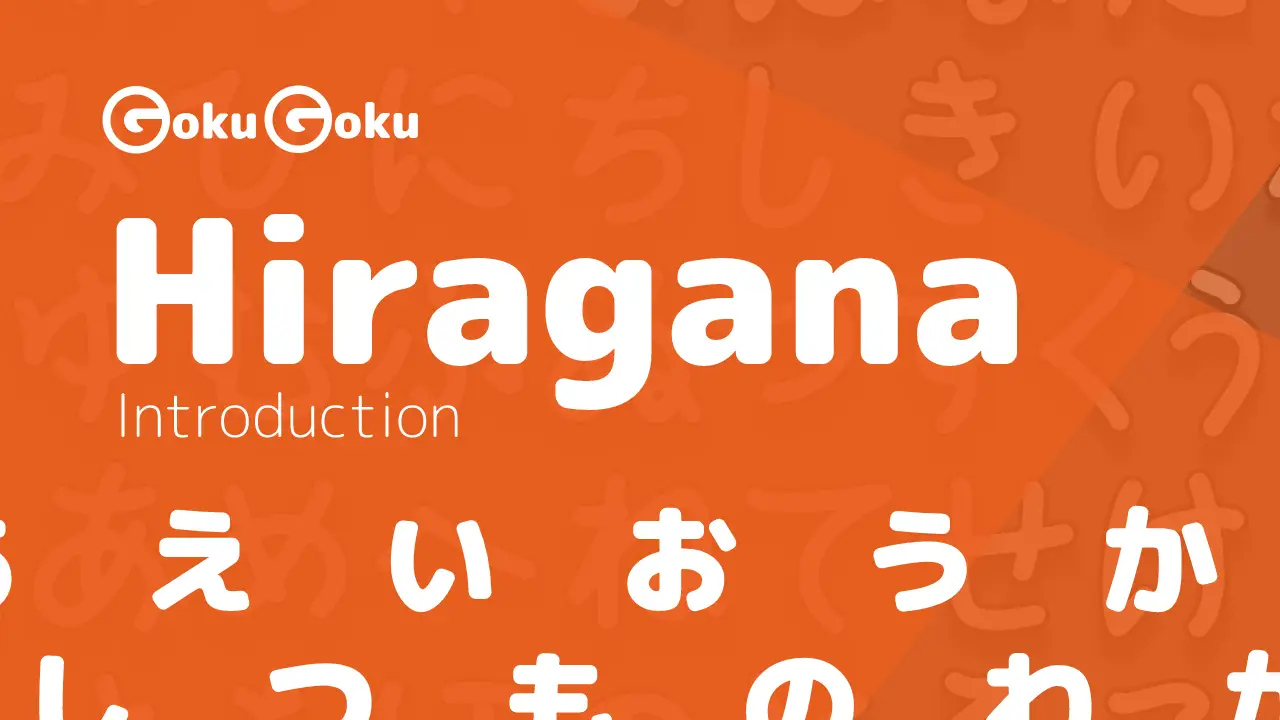って (tte) Meaning Japanese Grammar - It Seems That
Sandro Maglione
Get in touch with meThe particle って (~tte) is used in Japanese to quote what was said by someone else.
って is the more colloquial form of the particle と.
って is very useful in indirect speech, that is, in all those situations where you want to quote what someone said.
In this post we learn more about the meaning of って, how it is formed, and when って is used through real example sentences.
How って is formed
って is formed by the Hiragana character て preceded by っ (small つ).
って is added after a quote and before the verb:
How and when to use って
って is often used to form indirect speech, specifically when we directly quote what someone said:
トムは「今日休む」って。
Toma said: 'Today I rest'.
We can see from the example how って is added after the brackets 「...」. って is used to indicate that we are repeating what someone said.
って at the end of the sentence: I heard that...
って can often be found at the end of a sentence. In these cases って expresses the fact that what we said is a quote from someone else.
A possible translation is I heard that.., as って indicates that I'm quoting what someone said.
For this reason, adding って at the end adds a sense of uncertainty: it seems that, I heard that, they say that.
今日、宿題ないんだって。
I heard there is no homework today.
Let's see an example from the video game Final Fantasy VII: Remake:

そうだジョニーと会ったよミッドガルを出るって。
Ah right, I met Jonny, he said he's leaving Midgar.
0:00.00
-1:0-1.00
In this example チイファ (Tifa) uses って to repeat something she heard from Jonny. Tifa uses っ て to quote: it looks like, I heard that, he said that.
ってば: reiterate what was said above
って is also used at the end of the sentence to express a sense of frustration in repeating what was previously said.
本当だって!
I said it's true!
This sentence indicates a strong emotion in reaffirming that what we said previously is true. This emotion is often found in the tone of voice used, which will be very direct and strong.
A particular expression in these cases consists of adding ば after って:
You can also use ったら instead of ってば
This form emphasizes even more the sense of frustration in having to repeat what was said:
忙しいってば!
I told you I'm busy!
Let's see another example from the video game Final Fantasy VII: Remake:

0:00.00
-1:0-1.00
男は立ち入り禁止ですってば。
I said it's forbidden for men to enter.
This example uses the polite form です before ってば. This sentence is told to you by ウエッジ (Wegg) if you try to enter with the main character (Cloud) an area that is not accessible at that moment. ウエッジ says this sentence to reiterate what he said earlier after a long talk to Cloud about the "Forbidden Area".
って instead of the particle は
って can also be used in place of the particle は to indicate the topic of the sentence. Again, って makes the sentence more colloquial:
って is more often used in spoken language, as it is quick and easy to pronounce.
このパスタって美味しいよね。
This pasta is delicious!.
明日って、雨が降るんだって。
Speaking of tomorrow, they say it will rain.
Examples of って
明日って何曜日なの?
What day is it tomorrow?
わかったってば!
I said I understood!
Similar grammar points in Japanese 📚
から
から (kara) Meaning Japanese Grammar - Because
だけ
だけ (dake) Meaning Japanese Grammar - Only
たりする
たりする (tari suru) Meaning Japanese Grammar - Do Such Things as A, B Etc
ちがう
ちがう (chigau) Meaning Japanese Grammar - No
まだ
まだ (mada) Meaning Japanese Grammar - Still
ないでください
ないでください (naide kudasai) Meaning Japanese Grammar - Please Do Not Do

